
pink echeveria plant Free Photo Download FreeImages
Green fuzzy leaves give Echeveria 'Doris Taylor' its common name, woolly rose. Unlike most of its echeveria relatives, this popular hybrid appreciates filtered sunlight and only a few hours of direct sun per day. Propagation also takes longer with fuzzy-leafed varieties, so exercise patience if you're attempting to propagate this one.

Descobrir 75+ imagem echeveria suculenta rosa br.thptnganamst.edu.vn
Overview. Echeveria imbricata or the Blue Rose Echeveria is a hardy and attractive succulent with tight rosettes of overlapping, bluey-green, waxy leaves with rose tinged edges. Each rosette will reach a size of around 15cms across and multiply by forming off-sets alongside to create a mounded cluster as the pressure pushes the centre upwards.

Echeveria gigantea Rose & Purpus Plants of the World Online Kew Science
Buy Echeveria at John & Norma's Succulents Australia. Check Reviews and Buy Online. Flat Rate or Free Express Shipping Pick Up. Echeveria 'Luna Rose' Regular price $12.50 Sale price $12.50 Regular price. Unit price / per . Sale Sold out. Echeveria 'Madiba' - Pink Lips. Echeveria 'Madiba' - Pink Lips. Regular price $15.00 Sale price $15.00.

Echeveria Rosa Norteña Suculentas, Echeveria
Mist the soil, and cover the pot until the new plant sprouts. Place it in a sunny location—but avoid direct sunlight. Once roots have developed (you will see new growth), water sparingly as you would with a mature succulent. After about a month, a tiny rosette will begin to develop at the end of the leaf.

Echeveria Rose
Echeveria. Echeveria is a large genus of succulent plants in the Crassulaceae family, native to semi-desert areas of Central America, Mexico, and South America. This group of plants is celebrated for its distinctive rosette growth habit, a configuration that sees each plant's leaves arranged in a compact, symmetrical circle around a central.

Echeveria Lovely Rose 🌹 one of my most treasured Echeveria succulents
Soil. These succulents are native to desert ranges and prefer rocky, sandy soil which drains well. Indoor plants in containers can manage well in traditional potting soil, but they will need less water than those grown in cactus soil.A simple homemade soil of 1 part potting soil, 1 part perlite, and 1 part coarse sand is an ideal medium for indoor echeveria plants.

Echeveria Rosa Norteña (Belen) XL Succumom
Echeverias are prone to mealy bugs in leaf axils and aphids on flower buds. Remove dry leaves and cut off bloom stalks, and/or spray with 70% isopropyl alcohol. Crackling and scabby areas on leaves indicate mycoplasma bacteria. "It's not worth trying to treat it," Dick says.

Echeveria 'Rose' Succulents For Sale, Purple Succulents, Pink Succulent
Echeveria 'Atlantis' is a blue-green succulent with wide leaves that form rosettes. The tips of the leaves turn a lovely pink color if exposed to enough sunlight. 7. Echeveria secunda 'Azulita'. Echeveria secunda 'Azulita' is a type of succulent that has powdery blue leaves and pink tips. This plant offsets freely meaning that it will form clumps of rosettes.

Echeveria Suculentas Produtos Cactário Horst
The Best Echeveria Types to Grow. 1. Topsy Turvy Echeveria. Popular for its unique spoon-shaped, blue-green leaves with a touch of silver hue. This fast-growing succulent does well only in a warm climate. 2. Blue Frills Echeveria. The blue-green leaves of this Echeveria have ruffled edges, with symmetrical coral margins.
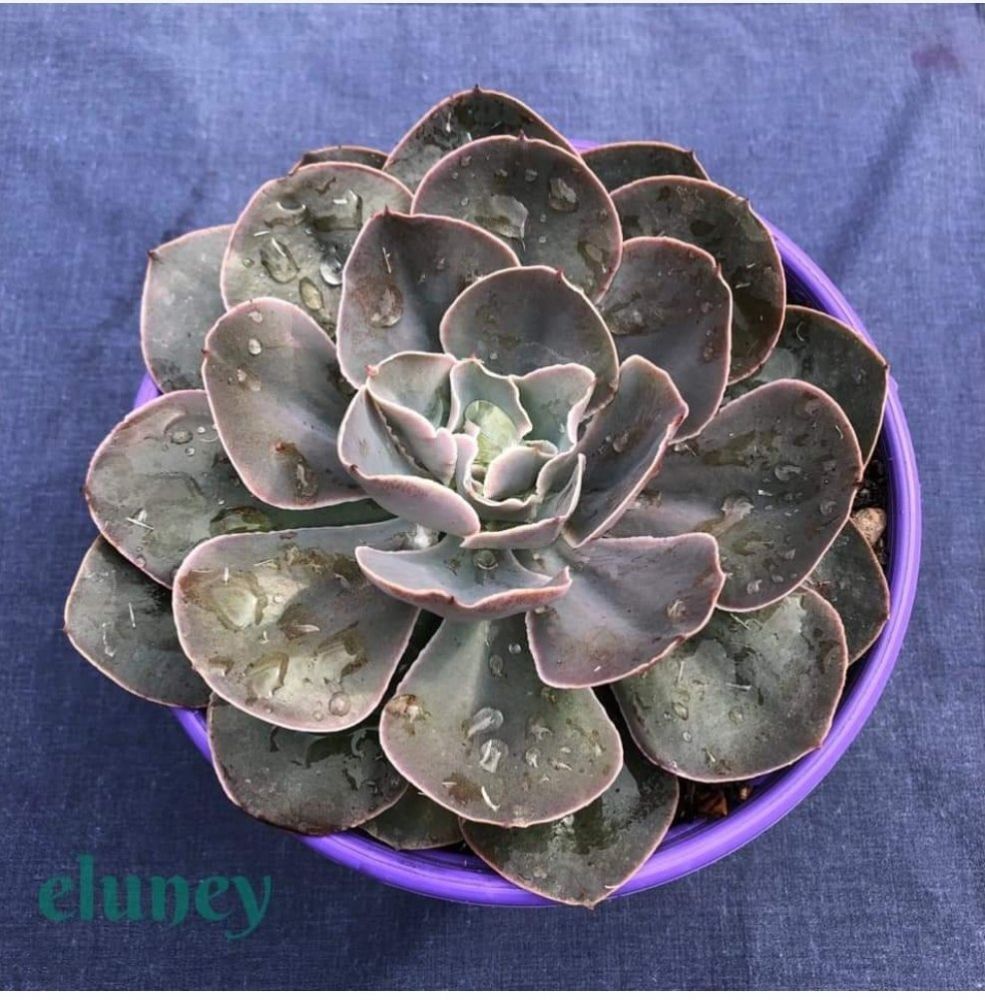
Le Jardin Cactos e Suculentas
Succulents tend to grow toward the light source. So to keep your Echeveria symmetrical, it is recommended to turn the pot at least once or twice a week. If your Echeveria begins to stretch, just continue growing it, then start fresh in the Spring by simply cutting the top and rooting it as a new rosette. 2. Watering.
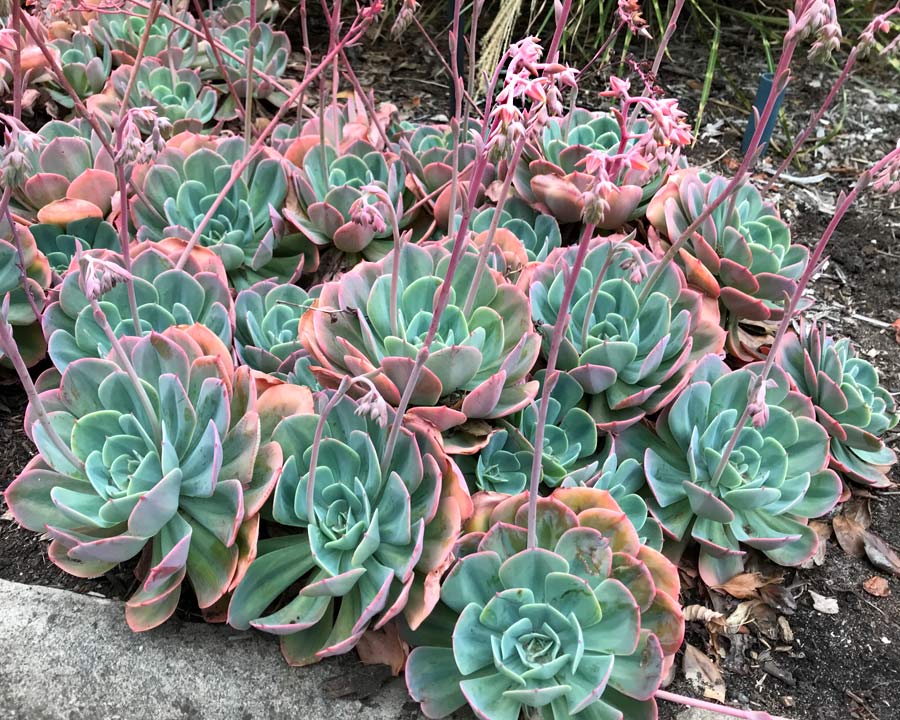
Echeveria imbricata
Description: Echeveria plants are prized for their rosettes with leaves that come in a range of colors, from green to blue-gray, pink to purple, and sometimes featuring beautiful, vibrant edges. The leaves are fleshy and succulent-like and can often be covered in a powdery wax or tiny hair. Growth Habit: These plants have a neat, rosette growth.
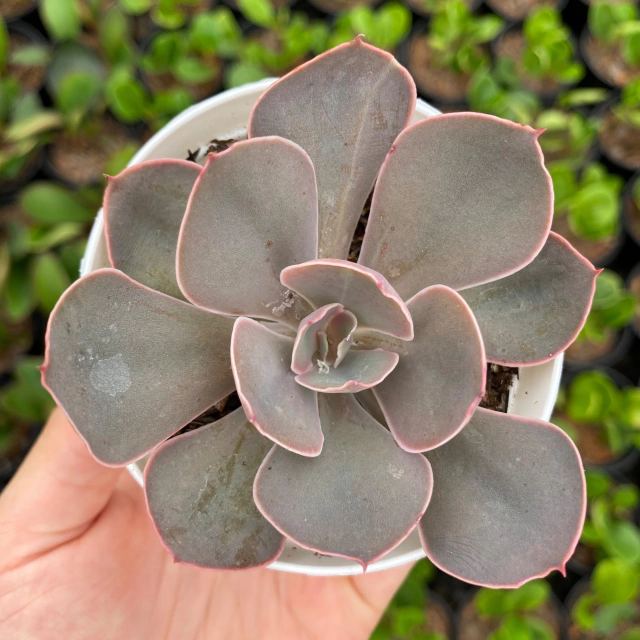
Echeveria rosa norteña Greenhouse Suculentas
Echeveria are part of a large family of plants in the genus Crassulaceae, this family of plants is native to Mexico and surrounding semi-desert areas of Central America, but are widely available and grown across the world.. Their popularity is in no small part due to their aesthetic appeal. They form compact, tightly formed rosettes of succulent leaves that are beautifully photogenic and insta.
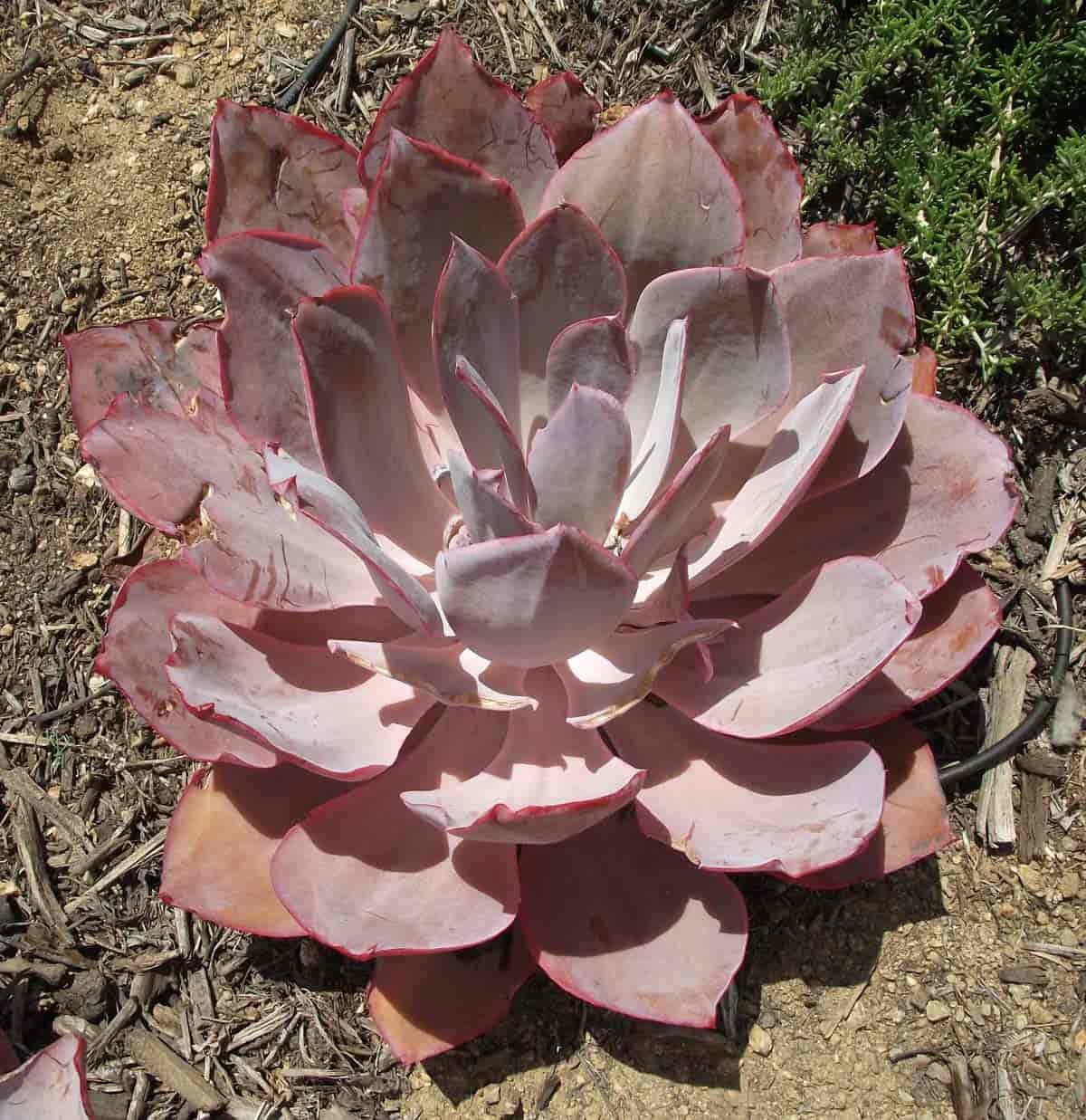
Echeveria Afterglow Care Cultivo de la Echeveria suculenta de bordes
Check Out Echeveria on eBay. Fill Your Cart With Color Today!
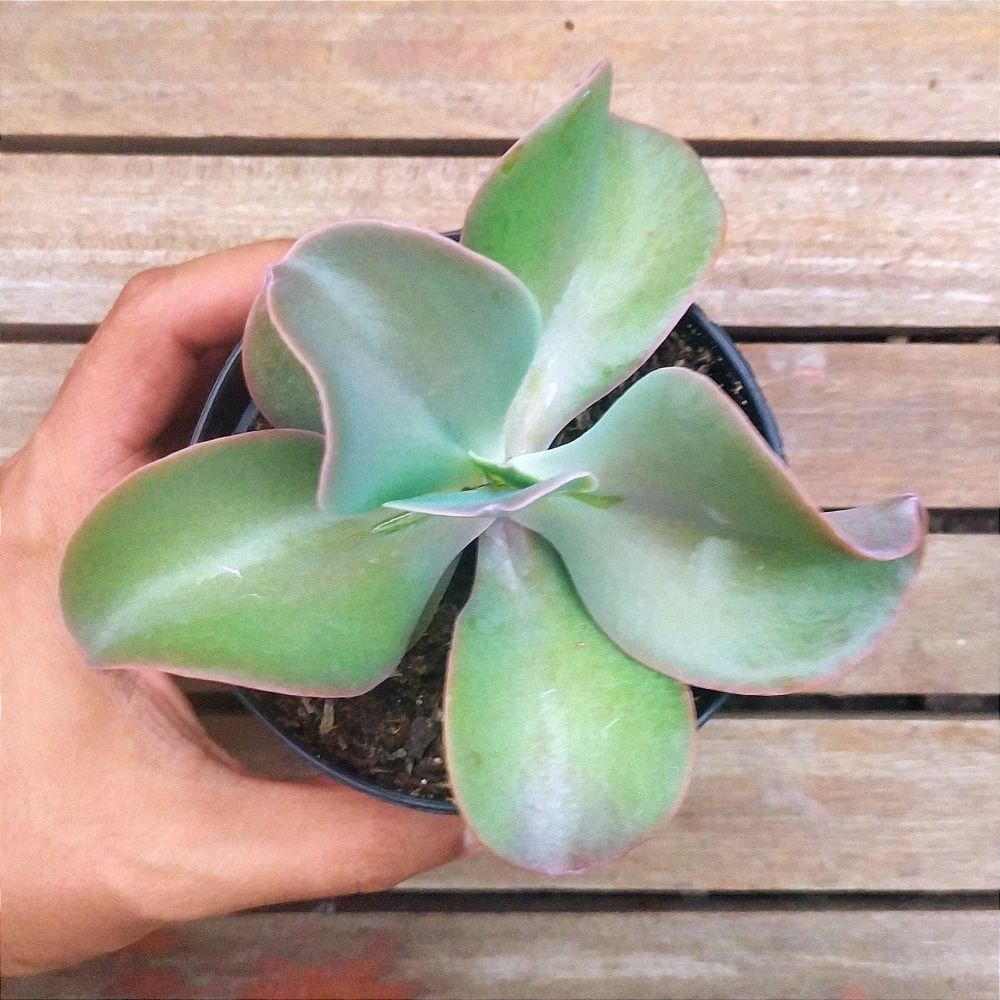
Le Jardin Cactos e Suculentas
How to plant echeverias. If planting in a rich, water-retentive soil, improve the drainage by digging in plenty of horticultural grit. It might be easier to plant echeverias in a pot in a compost that has plenty of grit added. Choose an unglazed pot with generous drainage holes in the bottom. Only water in newly planted echeverias if the soil.

Echeveria 'Rosa Norteña' Suculentas, Plantas, Nomes de suculentas
Painted Echeveria Echeveria nodulosa. Size: 3 to 4 inches tall and 5 inches in diameter; clumps to 1 to 2 feet tall and 2 to 3 feet wide. Color: Pale blue-green and burgundy-red foliage, green flower stems and bracts, coral pink and yellow flowers. Named for its foliage that appears to be painted. Vigorous rosettes produce a profusion of offsets.

Todo sobre la Echeveria elegans o rosa de alabastro Jardinatis
Echeveria subrigida. The "Fire and Ice" variety of echeveria subrigida has ghostly-looking white leaves with blood-red edges in big rosettes that can be 18" wide. Other subrigida types feature blue-green leaves with pink or rose tones and an iridescent sheen. Echeveria peacockii. Silvery-blue rosettes up to 8″ wide.